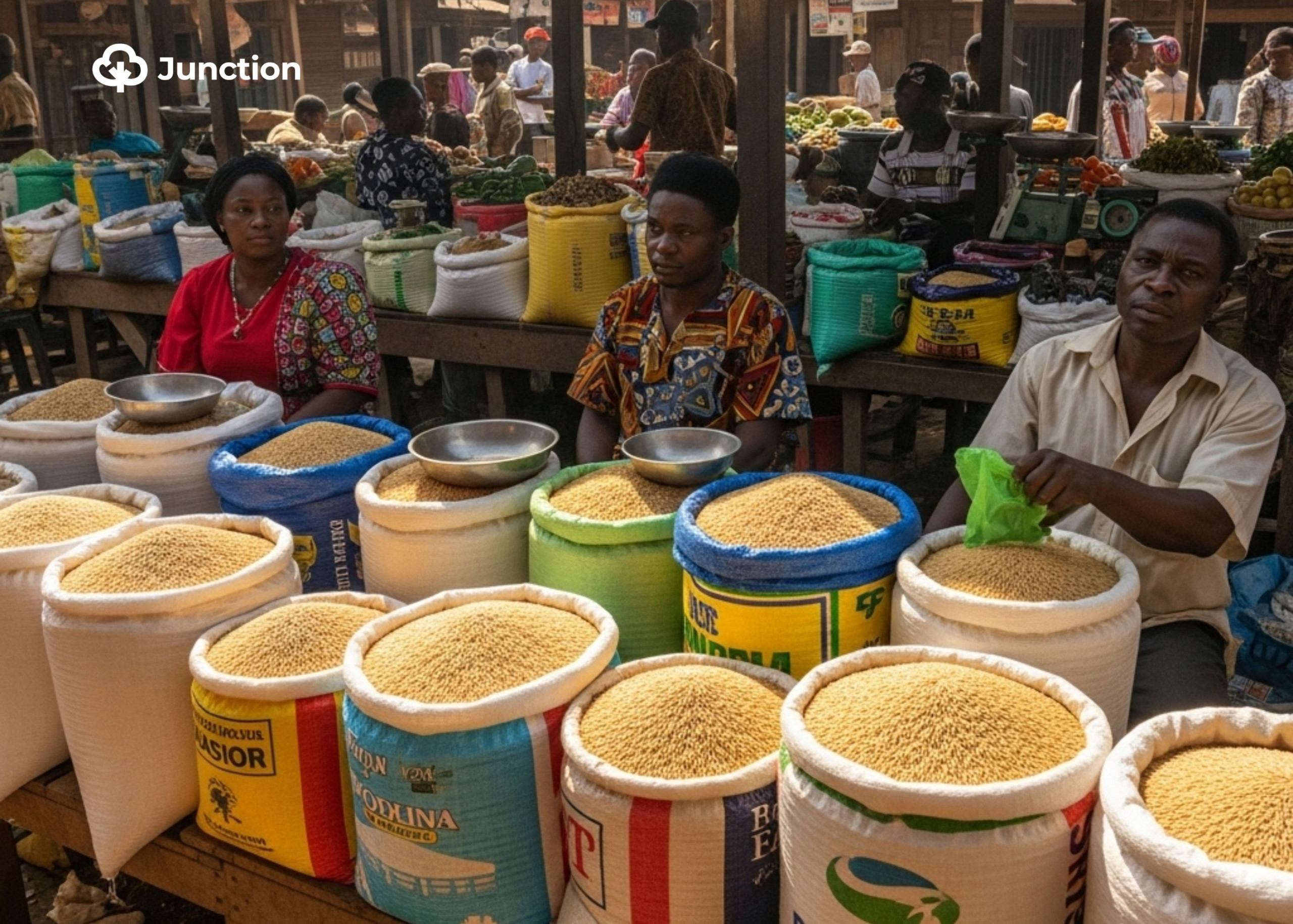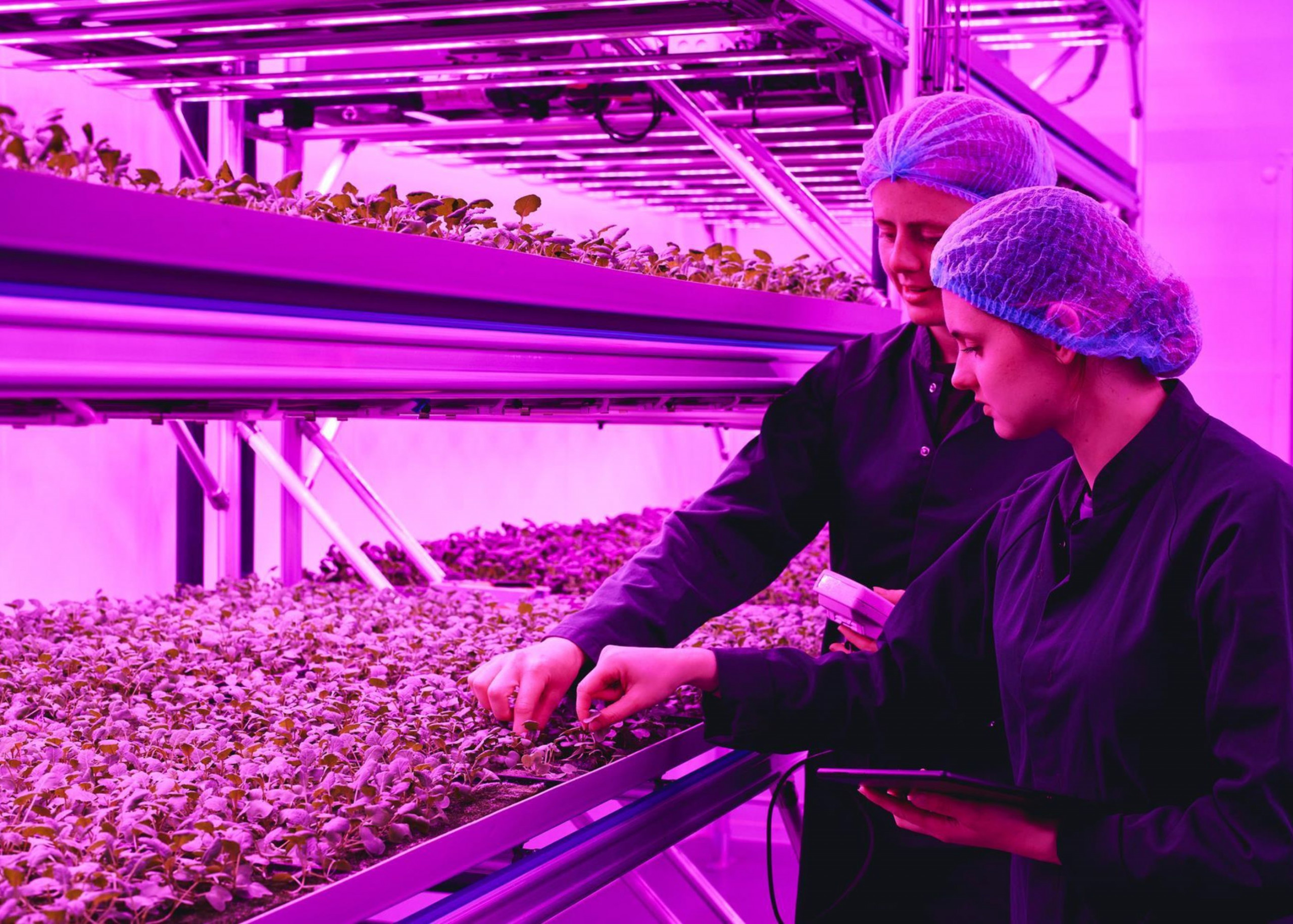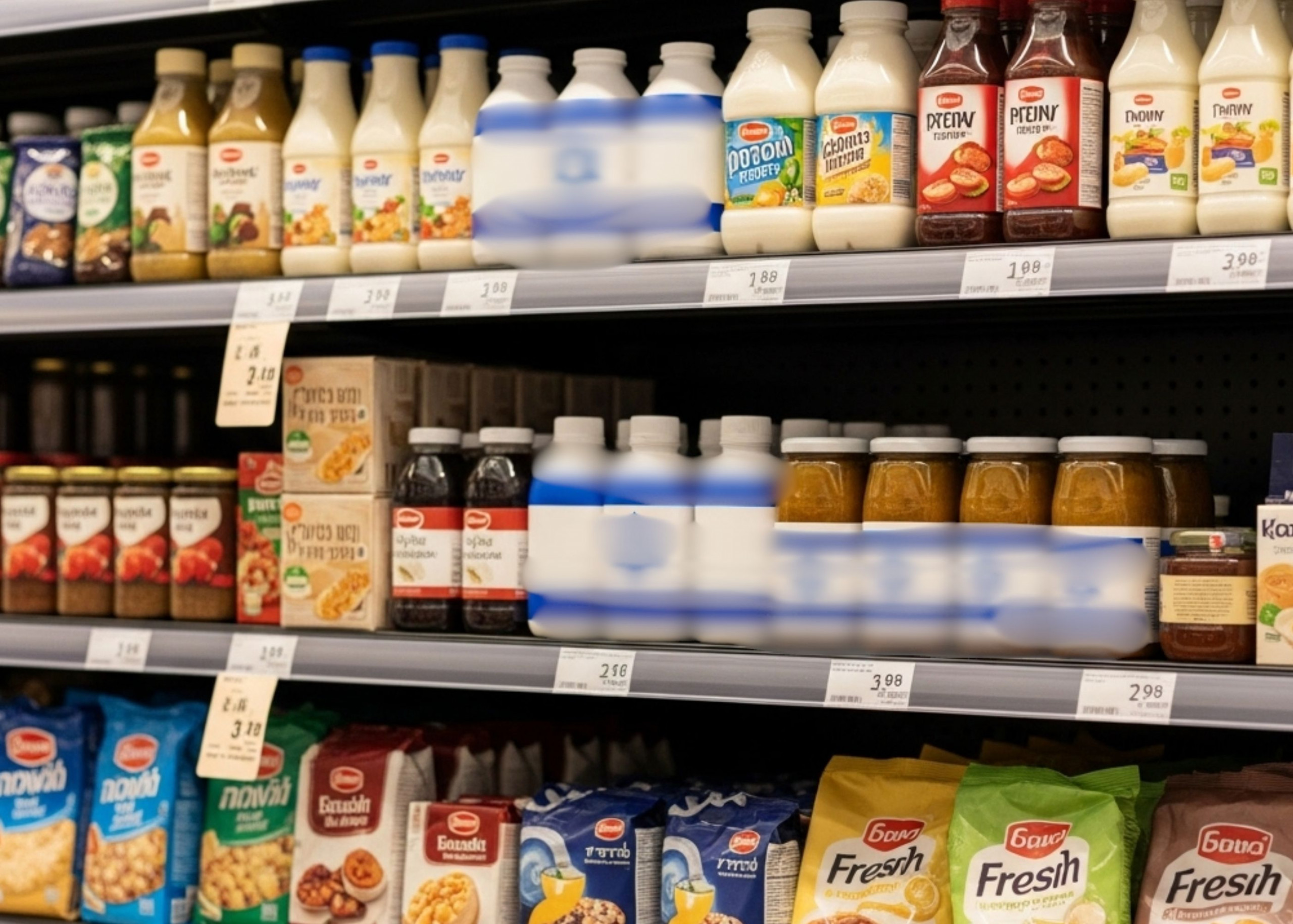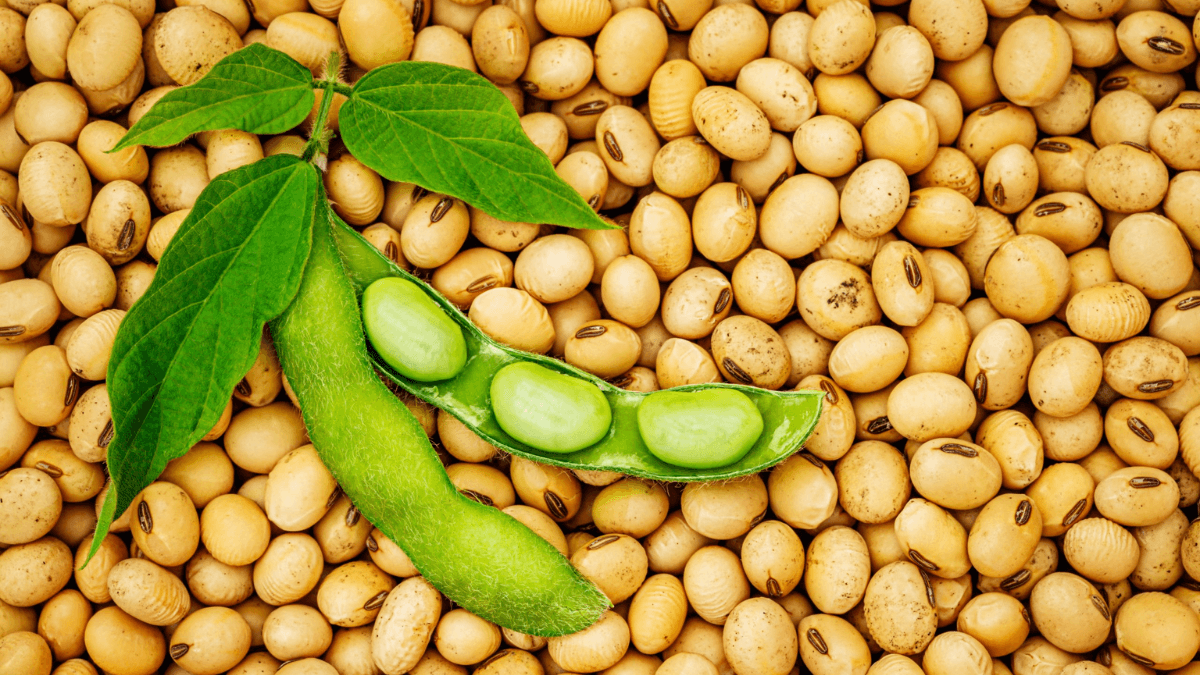News in brief:
– Paddy rice prices rose over 8% last week despite a year-to-date drop, highlighting its importance to farmer incomes and food security in Nigeria.
– As other commodity prices fluctuated, the data underscores the need for all stakeholders to track market trends to support resilient and sustainable food systems.
If you’re a farmer, food processor, or agribusiness investor, keeping up with commodity trends isn’t just helpful, it’s essential. As prices rise and fall, so do profit margins, production plans, and the affordability of food for millions. Last week’s commodity price shifts offer insights you can’t afford to ignore, especially when it comes to paddy rice.
According to recent data from AFEX, the price of paddy rice surged by over 8% in the past week. Despite this jump, the commodity still shows a year-to-date decline of 22.47%, signalling volatility in the market.
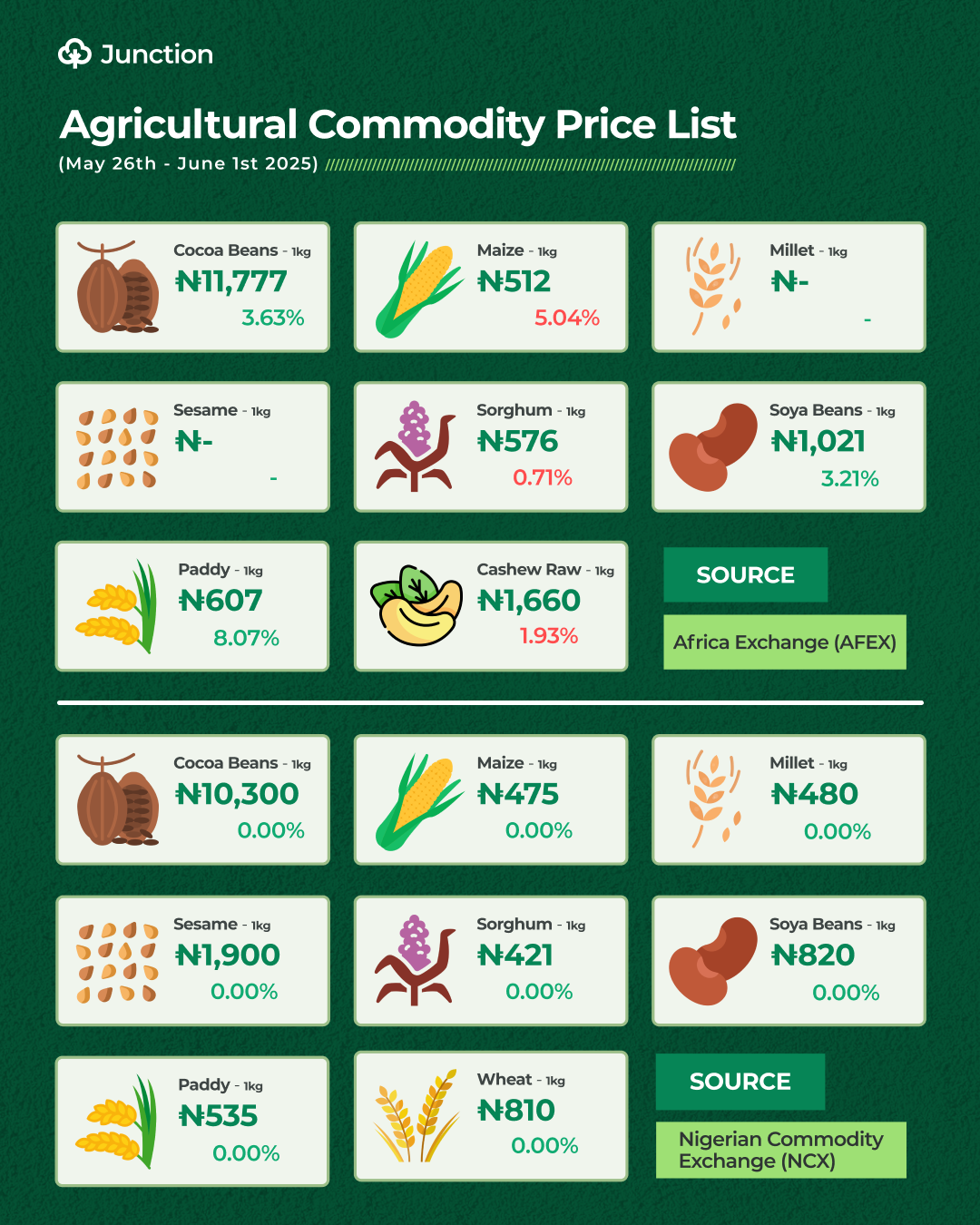
Paddy rice remains a cornerstone of rural livelihoods across Nigeria. It supports millions of smallholder farmers, generating income through farming, local sales, and value-added processing. For many rural families, this income makes the difference between affording daily meals or going without, and between keeping children in school or pulling them out.
Rice is also a dietary staple across Nigerian households, consumed daily by families from all income levels. Boosting local paddy rice production reduces the country’s dependence on imports, enhances food security, and helps keep retail prices stable for consumers.
Other commodities also saw notable changes last week:
-
Cocoa beans rose by 3.63%, increasing from around ₦11,300 to over ₦11,700.
-
Soybeans climbed 3.21%, approaching a 22-week high and gaining 2.5% year-to-date.
-
Maize, however, experienced the sharpest decline, dropping from ₦540 to ₦510—a 5% drop in one week and over 14% decline since the start of 2025.
-
Raw cashew and sorghum prices also declined modestly.
Overall, the increase in commodity prices outweighed the declines last week, resulting in a higher weighted average price. However, when compared to end-of-April prices, most commodities—except paddy rice—recorded declines in May.
Food commodity prices directly affect everyone in Nigeria, from farmers and processors to consumers and policymakers. Understanding these trends helps stakeholders plan, invest wisely, and build resilience in Nigeria’s food systems. As paddy rice begins to show signs of recovery, it reminds us that agriculture remains a vital pillar of both livelihoods and national stability.
